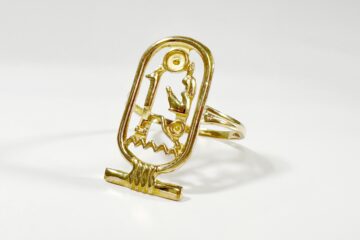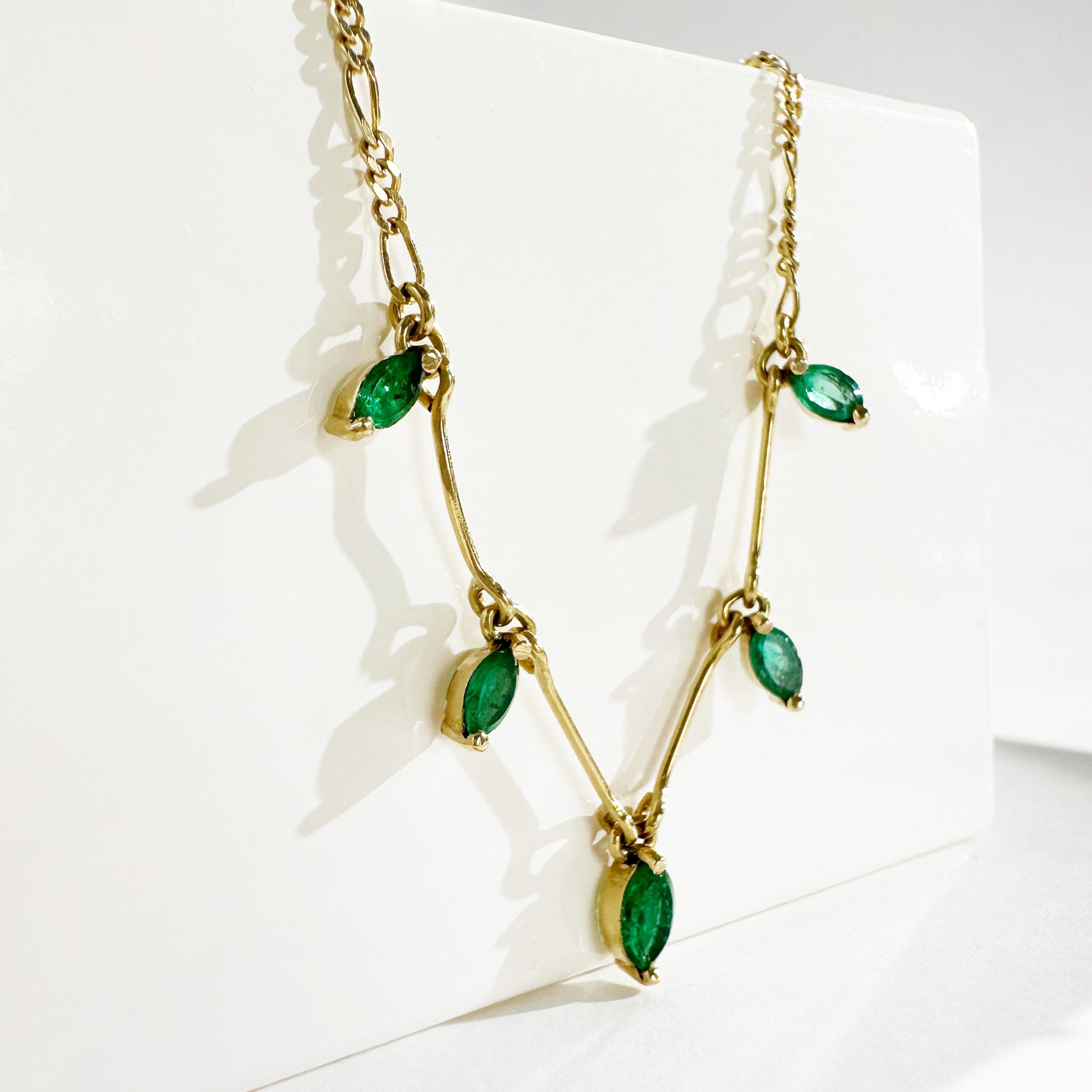At ÓNÍSÌ PARIS we curated antique and vintage jewelry from around the world. In this article, we invite you to immerse yourself in the captivating history of Mexican jewelry. From the ancient civilizations of the Olmecs and Mayans to the evolution of exquisite craftsmanship following the Spanish invasion, Mexican jewelry offers a glimpse into a rich cultural heritage. Join us as we explore the origins, traditional techniques, and contemporary inspirations behind these timeless treasures.
THE FIRST MESO-AMERICAN JEWELS: OLMECS & MAYANS
 The Olmecs, an influential civilization in Mesoamerica from 1200 BC to 500 BC, were pioneers in creating exquisite jewelry. Using stones such as jade from Guatemala, obsidian, and turquoise from New Mexico, they crafted pendants, necklaces, rings, and plastrons of remarkable beauty. These pieces, characterized by the absence of metal, held great religious significance and often depicted revered deities.
The Olmecs, an influential civilization in Mesoamerica from 1200 BC to 500 BC, were pioneers in creating exquisite jewelry. Using stones such as jade from Guatemala, obsidian, and turquoise from New Mexico, they crafted pendants, necklaces, rings, and plastrons of remarkable beauty. These pieces, characterized by the absence of metal, held great religious significance and often depicted revered deities.
The Mayan civilization, influenced by the Olmecs, emerged approximately 200 years later and occupied a vast territory encompassing present-day Mexico, Honduras, and El Salvador. Drawing inspiration from their predecessors, the Mayans utilized materials such as jade, amber, and obsidian to fashion their own unique jewelry. Like the Olmecs, their creations played an integral role in religious ceremonies and reflected the exquisite craftsmanship of the time.
A LARGE REPERTOIRE OF JEWELRY: ANCIENT MAYAN CRAFTSMANSHIP

PRECIOUS METALS ENTER THE SCENE: GROWTH OF METALLURGY
 Around 700 BC, the Mayans began incorporating gold and silver into their jewelry as metallurgical techniques advanced. Initially obtained from rivers and superficial mines, the Spaniards later introduced the industrial exploitation of deep deposits. By 800 AD, the Mixtec civilization in Oaxaca mastered the art of working gold and silver. Renowned for their exceptional craftsmanship and finesse, Mixtec jewelry gained acclaim throughout Mesoamerica and beyond. Their creations, admired for their elegance, even caught the attention of European courts.
Around 700 BC, the Mayans began incorporating gold and silver into their jewelry as metallurgical techniques advanced. Initially obtained from rivers and superficial mines, the Spaniards later introduced the industrial exploitation of deep deposits. By 800 AD, the Mixtec civilization in Oaxaca mastered the art of working gold and silver. Renowned for their exceptional craftsmanship and finesse, Mixtec jewelry gained acclaim throughout Mesoamerica and beyond. Their creations, admired for their elegance, even caught the attention of European courts.
Gold, symbolizing the essence of the sun, represented day, life, and masculinity. In contrast, silver, embodying the essence of the moon, was associated with night, the moon, and femininity. These precious metals were reserved exclusively for the elite, including governmental figures, warriors, nobility, and religious authorities.
SPANISH INVASION AND THE EVOLUTION OF MEXICAN JEWELRY
The arrival of the Spaniards in the early 16th century marked a turning point in the history of Mexican jewelry. The discovery of silver mines in Mexico led to the exploitation of this precious metal, particularly for jewelry production. Mexico soon became a leading exporter of silver, with sterling silver becoming synonymous with Mexican artisan jewelers. They skillfully combined the allure of silver with exquisite gemstones such as jade, onyx, amethyst, red jasper, fire opal, and turquoise.
Contemporary Mexican silver jewelry draws inspiration from the intricate designs found on Mayan and Aztec archaeological sites. The Aztec calendar, in particular, has become a prominent motif in modern Mexican jewelry. From intricately crafted pendants to elegant silver earrings, the influence of this ancient civilization is pervasive.
 en
en
 Français
Français





